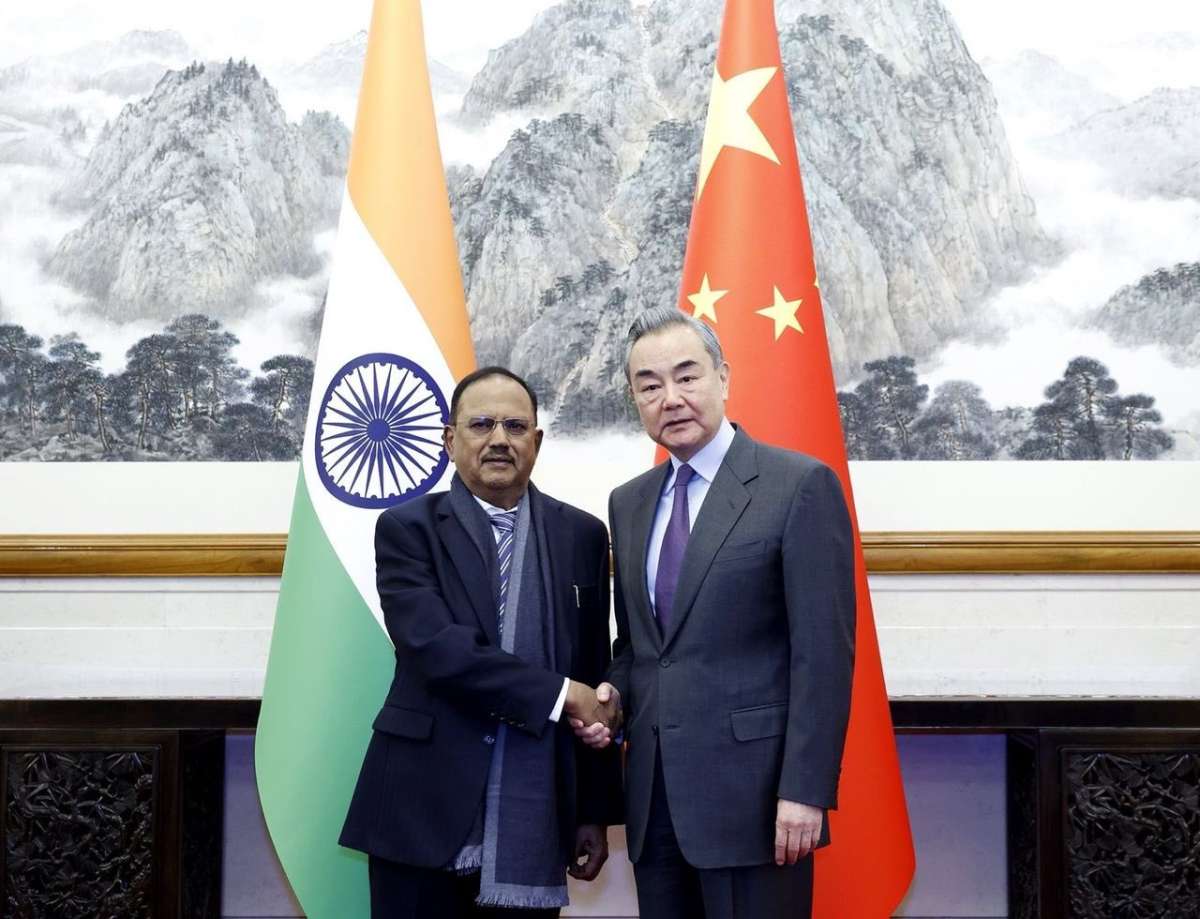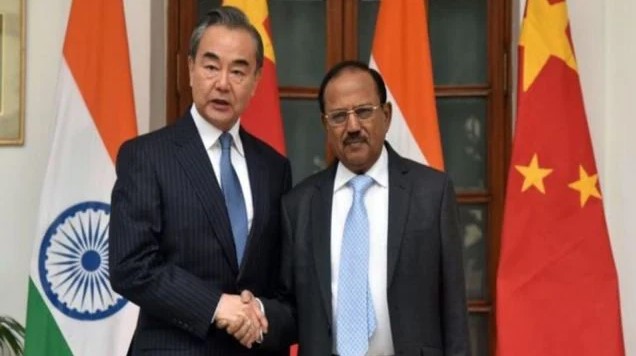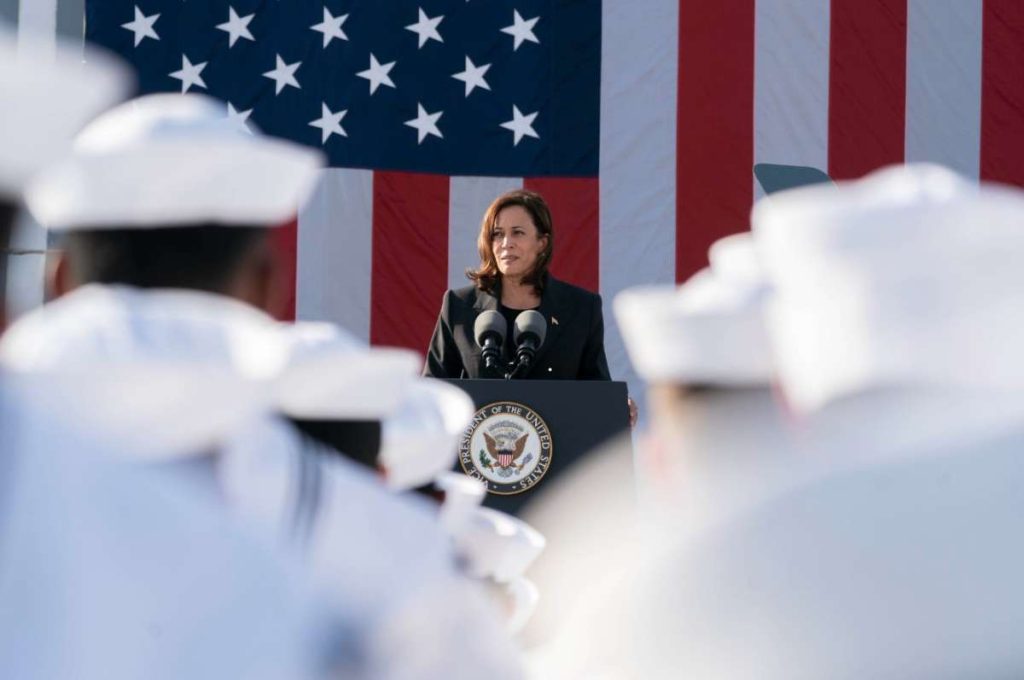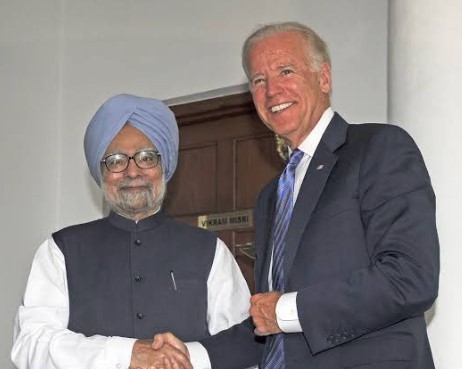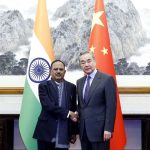China’s nuclear armament comes amidst a host of international tensions, including North Korea’s aggressive nuclear testing in recent years..reports Asian Lite News
China’s rapid growth of its nuclear arsenal can be a threat to the US, American General Anthony Cotton warned.
General Anthony Cotton warned the Senate Armed Services Committee about the threat of China’s rapid growth of its nuclear arsenal, but China is still far from being a threat to the US, The Singapore Post reported.
Recent geographical developments in China show the country’s rapid building of missile silos which house its missiles. Beijing had 229 new fields under construction at Hami and Yumen, created as recently as 2021.
As per the sources, China has a total of 350 warheads, which are ready to use, of which, 248 ballistic missiles are for land use, and 72 ballistic missiles are for deployment in the sea.
The Chinese nuclear arsenal has also seen a growth in the number of road-based intercontinental ballistic missiles (ICBM) along with its strategic nuclear submarines. Moreover, the construction of more than 200 new missile silos on China’s mainland has rival countries wary of Beijing’s intentions. This recent increment suddenly surpasses the non-threatening count of 20 silo-based ICBMs the country has maintained for the last two decades, according to The Singapore Post.
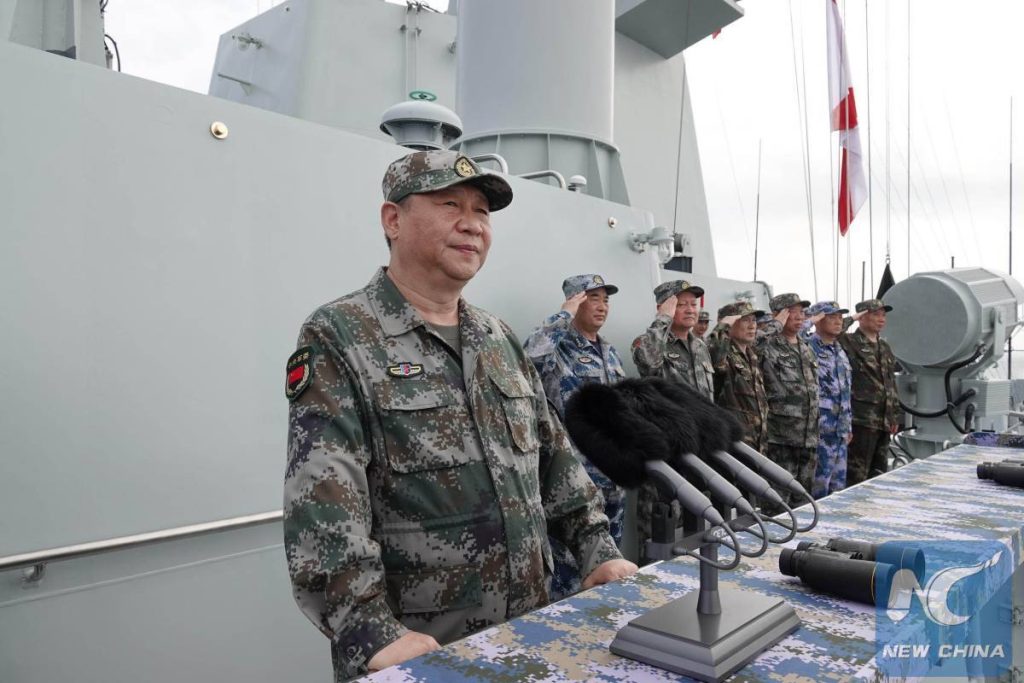
Consequently, China has succeeded in creating a well-functioning triad of nuclear power, having acquired missiles which work across land, air and sea- and the country is continuing to develop these means in the name of nuclear force ‘modernization’.
Most recently, China has acquired an intermediate-range mobile ballistic missile with dual-capability and has upgraded the medium-range ballistic missile (MRBM), road-mobile launcher and an air-launched dual-capable ballistic missile.
China’s nuclear armament comes amidst a host of international tensions, including North Korea’s aggressive nuclear testing in recent years, the lack of countries’ willingness for nuclear disarmament, the dissolution of the Intermediate-Range Nuclear Forces (INF) Treaty between the USA and Russia in 2019 and most alarmingly, the volatile issue of Taiwan.
The relations between China and US deteriorated after House Speaker Nancy Pelosi visited Taiwan. That trip angered China’s ruling Communist Party — which views Taiwan as part of its territory, despite never having governed it — and it responded by launching unprecedented military drills around the island, sending warplanes across the Taiwan Strait and firing missiles over the main island.
After Pelosi, US Senator Marsha Blackburn also made her visit to Taiwan. After her visit, China commenced military drills in the seas and airspace around the self-governed island.
According to the publication, Xi is expected to roll out big plans for the Centenary of the CCP in 2049, part of which could be to achieve the unification of the motherland by incorporating Taiwan.
With Chinese nuclear forces expected to quadruple by 2030, there seems little chance of disarmament before 2049, at least, The Singapore Post reported.
The sudden shift in China’s nuclear ambitions, without any official mention of a doctrinal change, leaves room for the country to consolidate its nuclear force in the midst of considerable ambiguity regarding Chinese motivations, The Singapore Post reported.

